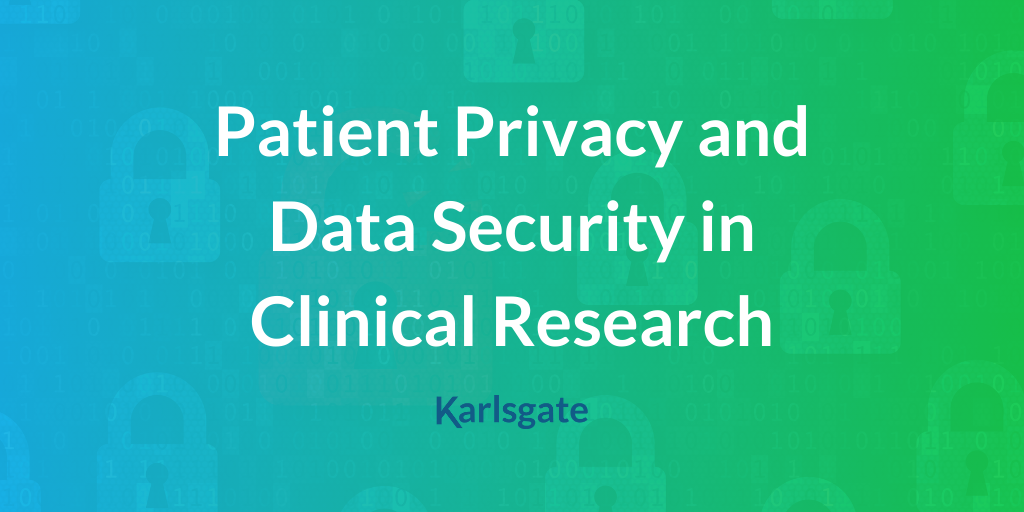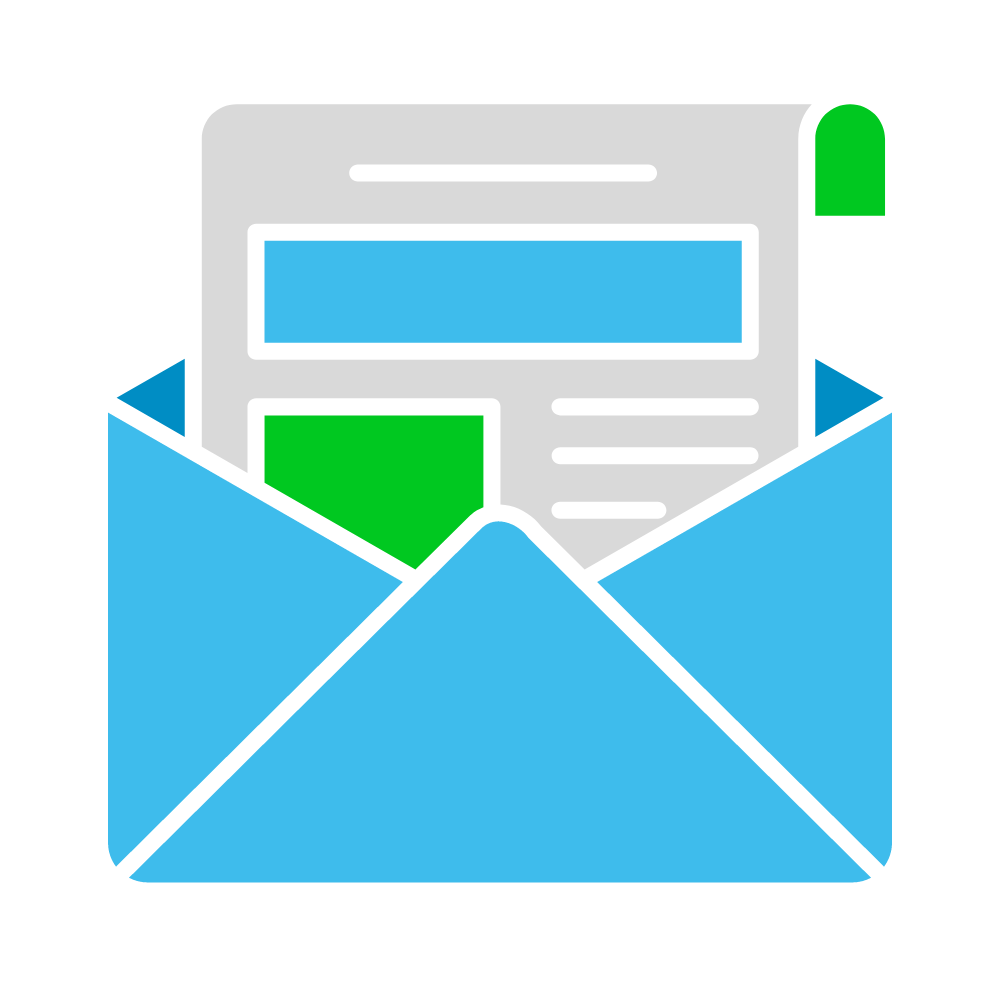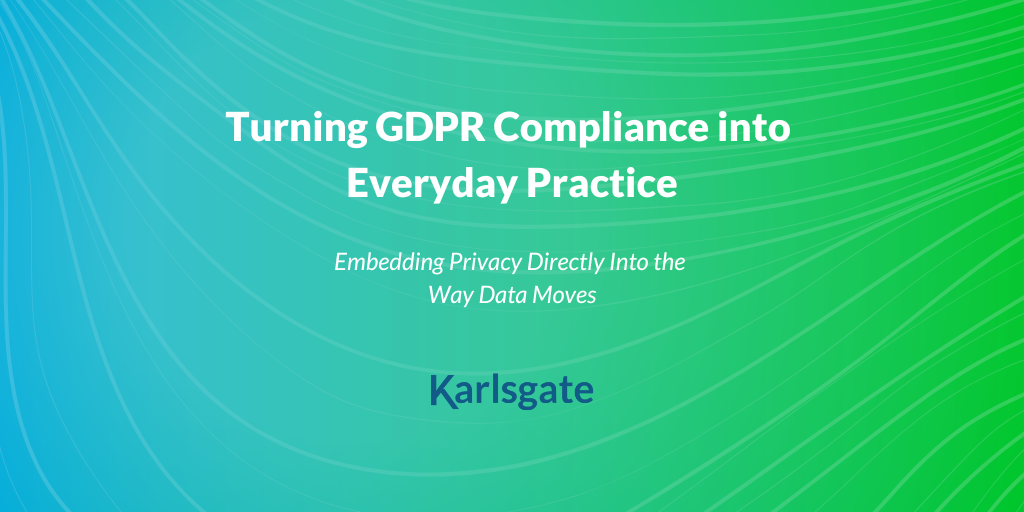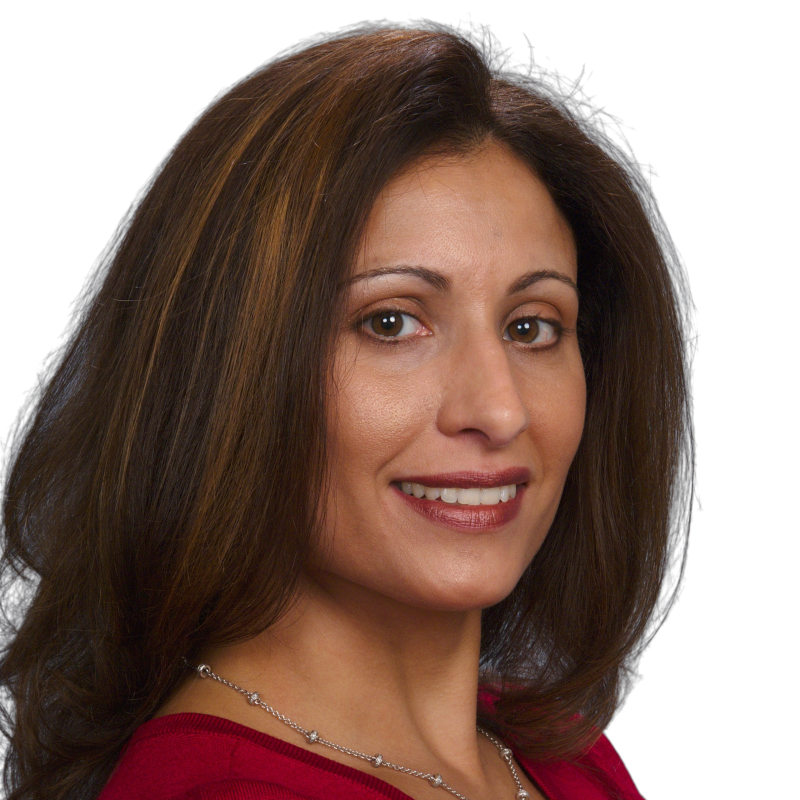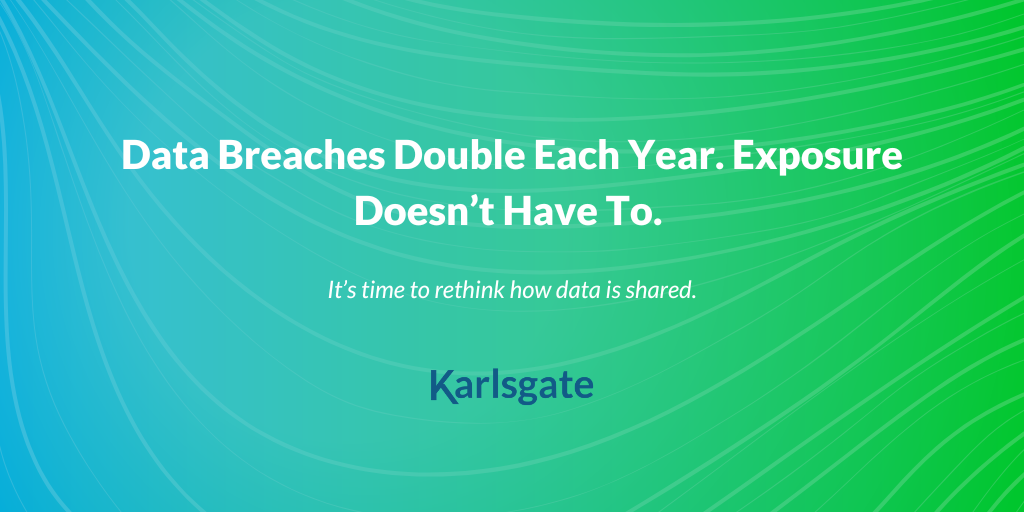Zero trust principles have existed in the IT world for nearly a decade. It took a few years after the introduction of the concept for it to gain popularity and wider adoption. That interest was...
There’s an old adage that says “sharing is caring,” and one place where that really rings true is in the world of healthcare data collaboration. Sharing healthcare information is a vital step in not just individual patient care, but also for healthcare research. However, HIPAA compliance and data security regulations have put restrictions on the ability to exchange this valuable information in a way that is timely, accurate, and secure. When it comes to the mechanisms for data collaboration and the data connectivity between healthcare organizations, advancements are being made, but there’s still so much more that can be done to enhance and simplify healthcare data exchange.
While necessary, these privacy and security regulations have created industry norms surrounding the ways in which data is shared that come with limitations and some risk. As a result of being HIPAA compliant, we can’t always access the freshest data or exchange with a wide variety of data partners. Compliant data sharing also involves sending data through third parties – putting deidentified data at risk, as it’s being shared in a way that can ultimately lead to reidentification. The process is cumbersome, slowing down healthcare advancements and costing healthcare organizations valuable time and resources.
Despite these obstacles, however, there’s no lack of need for sharing. In fact, it’s more important than ever as our ability to gather data is increasing. But, to make full use of it, we need to be able to collaborate more easily. Loads and loads of data is great, but its value isn’t in its volume alone. Access to just-in-time data, from a variety of unique data sources, will ultimately lead to more valuable results. True data value comes in how it’s used to inform decision making, change patient outcomes, and improve care delivery. So, how do we get there? Changing data collaboration for the better starts with eliminating data-sharing burden and ultimately elevating data security.
What is Data Collaboration, and Why is it Important in Healthcare?
While the type of data and goal of sharing varies across organizations and industries, data collaboration by definition is sharing information between internal teams or external organizations. One of the primary benefits for data collaboration, regardless of industry, is the ability to complete incomplete data sets and, with more complete information, make better decisions and gain valuable insights.
In healthcare specifically, data collaboration can include electronic health records (EHR), clinical data and research, and information regarding social determinants of health, as well as health and risk management. This data can help to provide a missing piece to a puzzle capable of changing the trajectory of a treatment plan, or reveal patterns across demographics and patient groups.
Data Collaboration Obstacles for Healthcare Organizations
When it comes to healthcare research, data collaboration is essential as well. Researchers and doctors alike acknowledge the value of data sharing in healthcare, but are also well aware of the potential, and sometimes substantial, barriers to sharing data effectively, accurately, and securely. Currently, researchers are limited by a lack of just-in-time data, an inability to connect EHR to individual patients to data, or an inability to access that data due to ownership.
The most prominent challenge, however, and the one from which most others stem, is that the current methods for sharing data can be simplified. Keeping track of HIPAA and compliance regulations, keeping at-risk PII from reidentification, and locating unique, varied data sources is cumbersome for many organizations, especially in the healthcare space where time and effort are particularly vital.
Further, when organizations relinquish control of their data, there’s no way to know what happens to it or how securely it’s handled by another party. Without mechanisms in place to ensure security when sharing patient information, data is either aggregated to keep personally identifiable information (PII) hidden or it is tokenized to ensure it cannot be linked back to an individual. As a result, healthcare organizations are, currently, limited in what they can share and with whom.
Despite the obstacles, healthcare providers and organizations all seem to understand that data collaboration can improve patient outcomes, improve care, and reduce overall healthcare costs. In other words, we need to improve the data sharing security and connectivity with a mechanism that prevents reidentification and loss of data custody.
How Simplifying and Elevating Data Security Can Revolutionize Data Collaboration in Healthcare
As we know, data sharing limitations impact patient care and health outcomes, as well as the potential for medical research and discoveries that could revolutionize all aspects of patient care. So, how do we fix it?
As we know, the current data-sharing climate, existing limitations, and administrative burden make it difficult to securely connect healthcare data to specific individuals quickly and smoothly. Even when it can be, that doesn’t always mean the data is accurate or precise. For doctors, specialists, and researchers alike, this means generalizing treatment plans, applying one-size-fits all care to patients, and it cannot always guarantee individualized solutions to meet patient needs.
With the introduction of Karlsgate’s cryptoidentities and orchestrated triple-blind facilitation for data sharing, that all changes. This is ultimately why Karlsgate was founded – to make data-sharing more efficient, more seamless, and more protected. Our multilayered security strategy blocks re-identification and prevents change of custody of identifiable data. That means there’s now a method to share data, safely and securely, across healthcare organizations that both protects the data from reidentification and protects the organization from relinquishing control of that data.
Up until now, most healthcare organizations and providers have only dreamed about being about to have a holistic 360° view of their patients based on shared data. Data security and HIPAA compliance have created challenges, but with this new elevated data security, those dreams can become reality.
If you’re ready to explore how your organization can leverage this exciting new technology and begin to build the kind of data sharing network that will improve patient care and outcomes, facilitate research initiatives, and reduce the data-sharing burden, book some time with the Karlsgate team.


